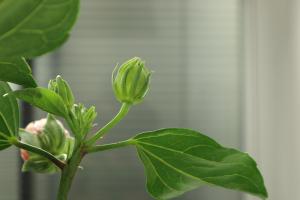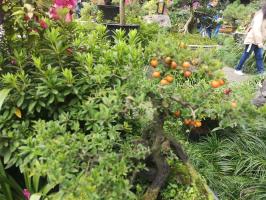1、 Breeding method
1. Sunshine: jujube should be placed in a sunny place. However, due to its phototaxis, it will grow towards light, so rotate the flowerpot once a week to make the back face the light and avoid one side growing in vain
2. Temperature: Chamomile is suitable to grow in the environment of 10 ℃ - 15 ℃. It should not be higher than 20 ℃ during the day and not lower than 5 ℃ at night. High temperatures can lead to overgrowth. It should be moved indoors in winter and kept warm
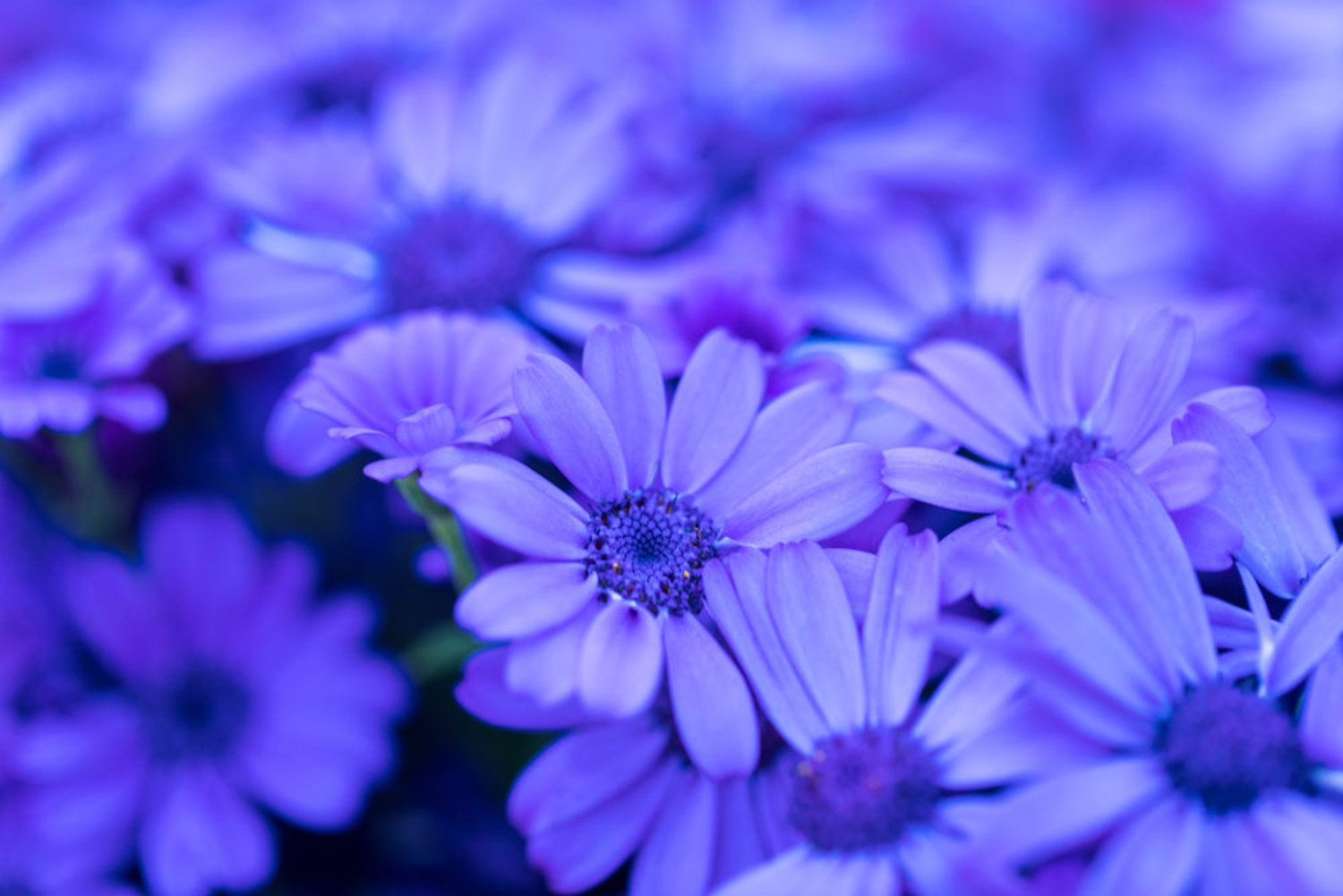
3. Soil: claw leaf chrysanthemum has little requirements for soil. Fertile, loose and well drained soil is more suitable for its growth. In addition, a certain amount of humus can be added to the soil
4. Watering: claw leaf chrysanthemum has high requirements for humidity. Air drying can lead to yellowing of leaves and emaciation of plants. But too much water will lead to root and stem rot. Therefore, we should always pay attention to the humidity of the soil and water the leaves when they wilt, but it is not suitable to water before and after fertilization. In addition, ponding should also be discharged in time
5. Fertilization: the fertilization of claw leaf chrysanthemum is generally once every two weeks. Mix the rotten bean cake with water in the ratio of 1:10. Apply fertilizer mainly containing phosphorus and potassium twice after flower buds appear before flowering, and apply less nitrogen fertilizer to avoid overgrowth
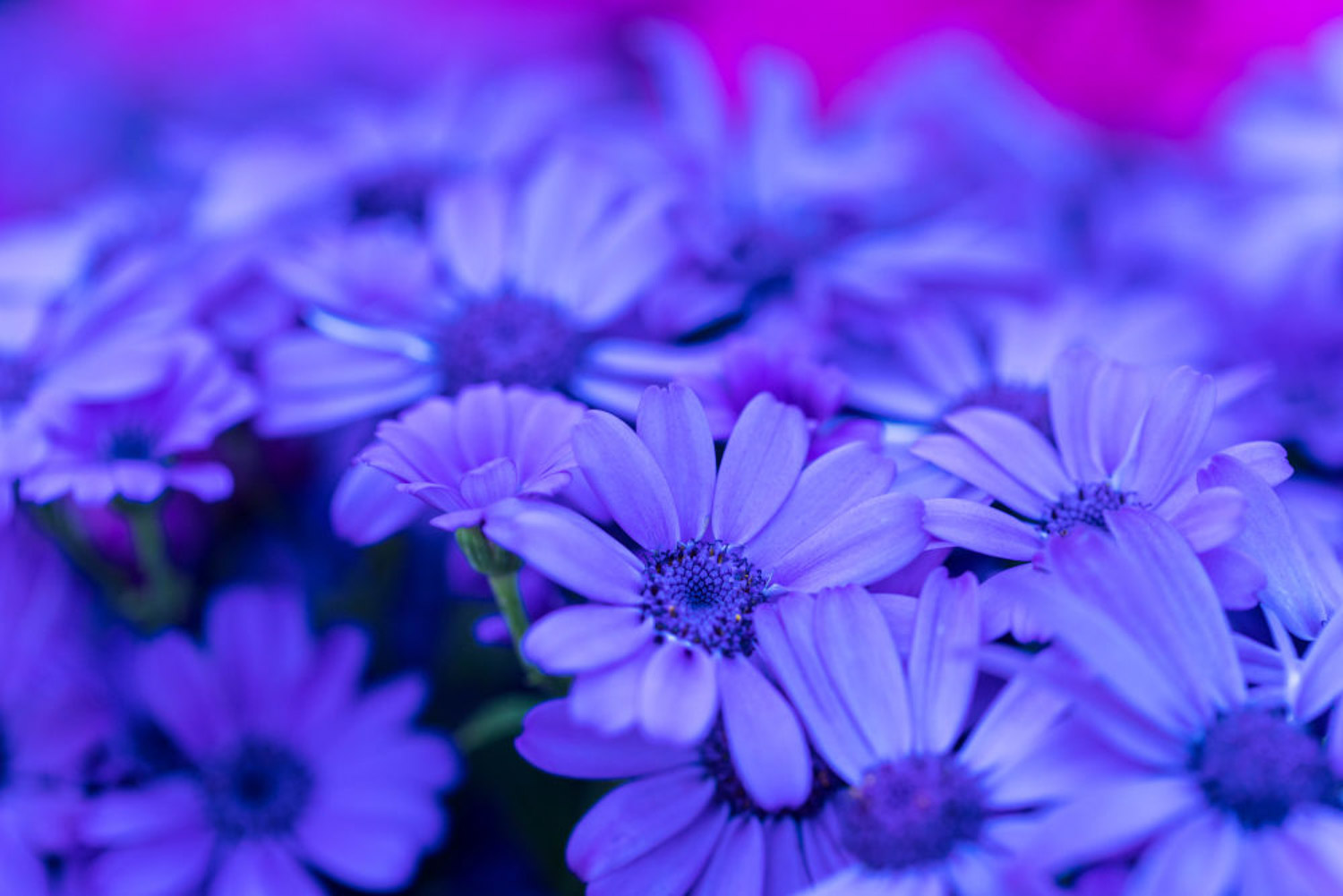
2、 Reproductive skills
Claw leaf chrysanthemum is propagated by sowing or cutting. Sowing is generally carried out in late July, and it takes about 6 months from sowing to flowering. In addition, you can also use cutting propagation, cut the axillary buds after flowering as cuttings, pour water, and take root in three to four weeks
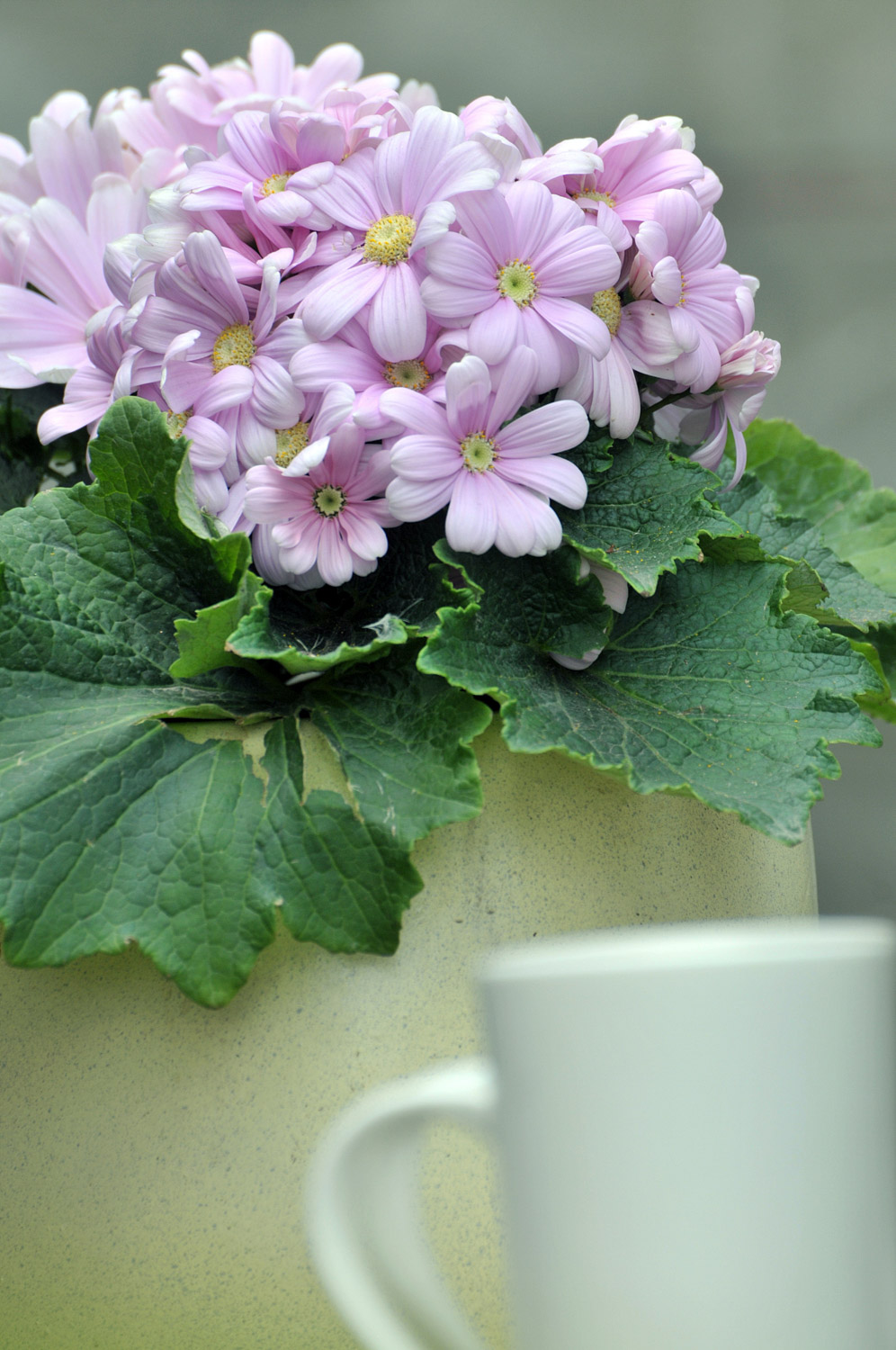
3、 Pest control
1. Diseases: the main diseases are Sclerotinia and Botrytis cinerea. Improve the environment by strengthening ventilation and reducing humidity, remove diseased leaves and branches in time, and control with sukeling
2. Insect pest: the common pest is leaf miner. 1500 times of Omethoate can be sprayed

 jackfruit
jackfruit snake plant
snake plant hibiscus
hibiscus hydrangea
hydrangea lavender
lavender Green roses climb al...
Green roses climb al... If you don't pay att...
If you don't pay att... Management of four g...
Management of four g...

